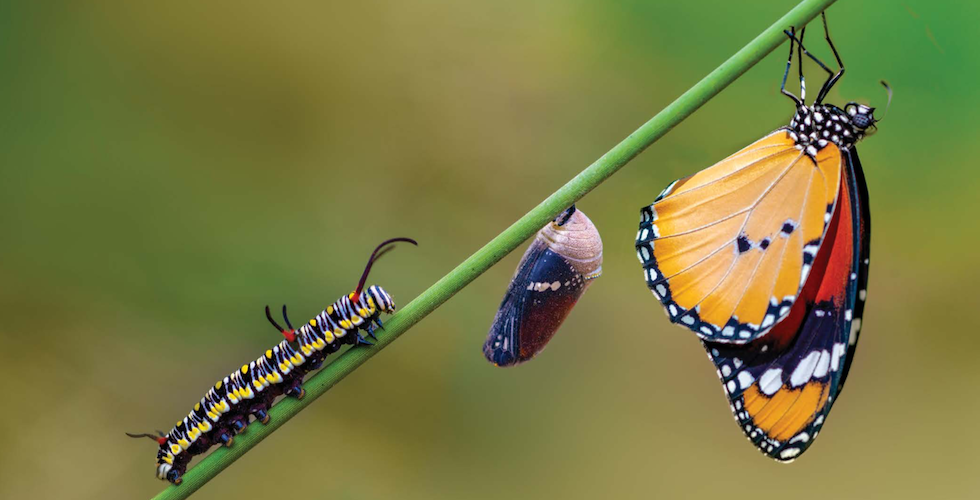
How to Raise Native Caterpillars
Backyard Science & Discovery Workbook: California by botanist George Miller features more than 20 simple, fun introductions to astronomy, birds, geology, and more. Plus, more than a dozen activities help kids to make hypotheses, experiment, and observe. The 19 hands-on science projects include activities such as making mushroom spore prints, attracting moths with an ultraviolet light, and raising native caterpillars.
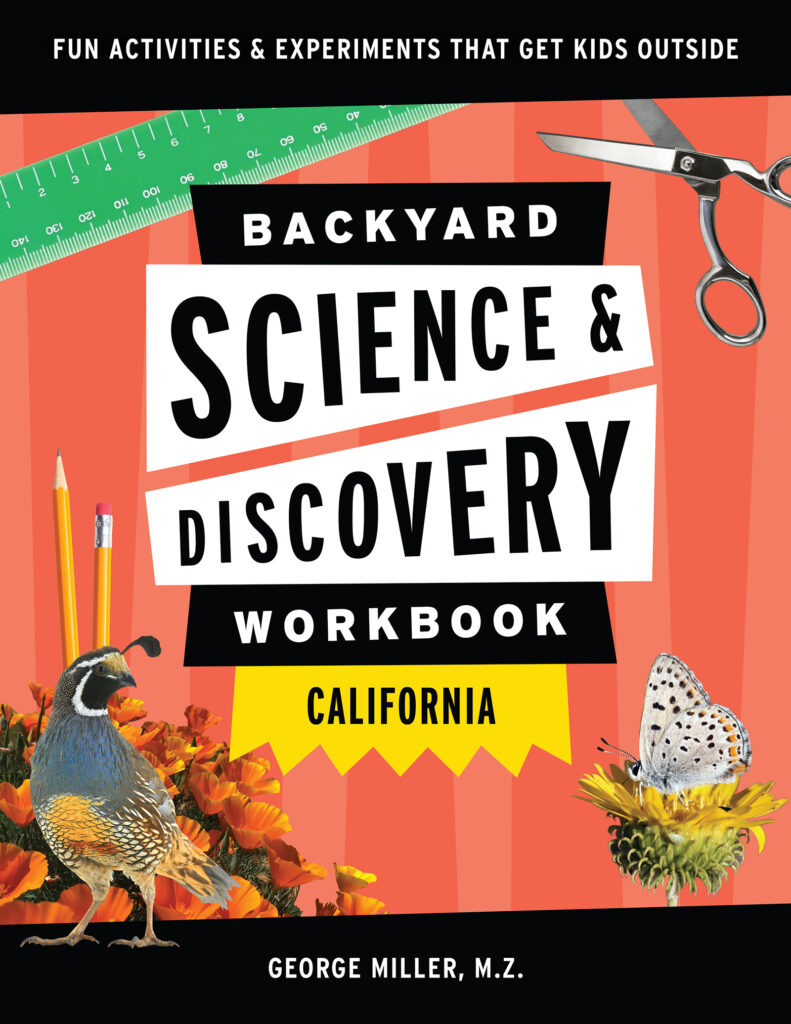
Finding caterpillars is one of the highlights of spring and summer. But unless it’s a really well-known caterpillar, like a Monarch, identifying caterpillars can be tricky for beginners. Many caterpillars, including all of the classic “inchworms,” will actually end up being moths. Even the name scientists use for these moths—Geometridae—is a reference to geometry and how these caterpillars “measure” as they walk.
But you don’t need to identify your caterpillar to rear it; after all, one of the most fun ways to identify a moth or a butterfly is after it’s turned into an adult!
What you’ll need
• A butterfly house (it’s best to purchase a high-quality one online first)
• An ample supply of fresh leaves
• A water source for the leaves, but one that the caterpillar can’t enter (pill bottles work great)
What to do
When you find a caterpillar, immediately note what plant you find it on or, if it’s on the ground, the plants that are nearby. These are likely the caterpillar’s host plants (the ones it needs to eat to become an adult). If you’re unsure of which plants to gather, bring in a sampling of several different kinds.
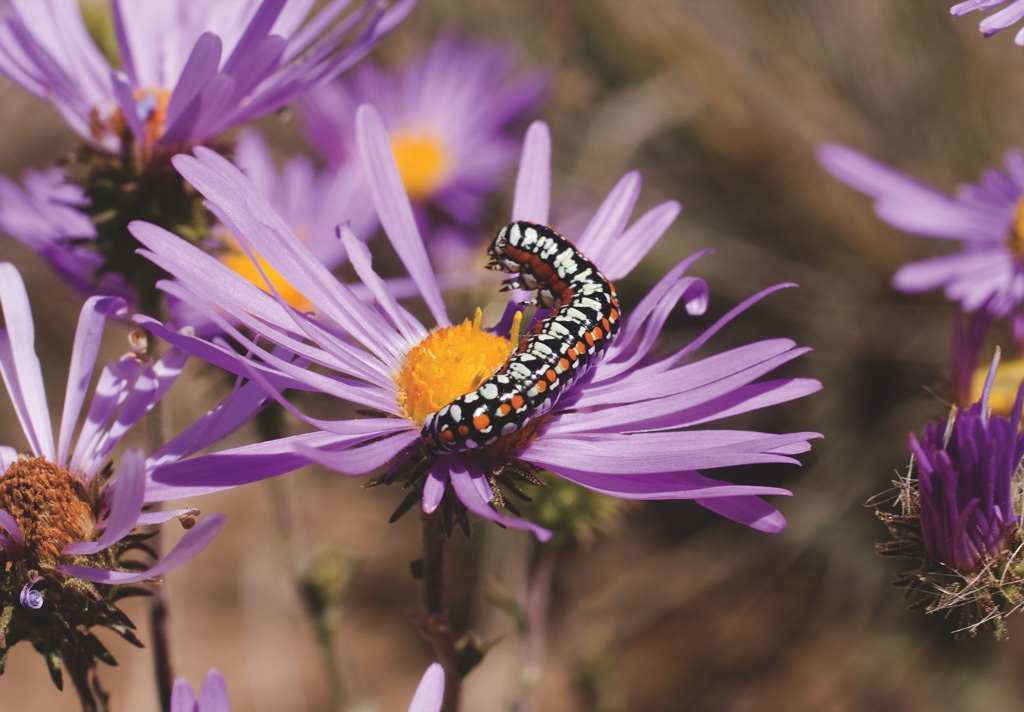
If you want an exact answer, post a photo of your caterpillar on a site like BugGuide.net and ask for help on finding out what it eats. If you think you might know the species, check out the website butterfliesandmoths.org. It has a lot of info and photos of caterpillars and adults.
Once you have the caterpillar and the host plants, you’ll need to ready your butterfly house. Many common commercially available houses are mesh cylinders.
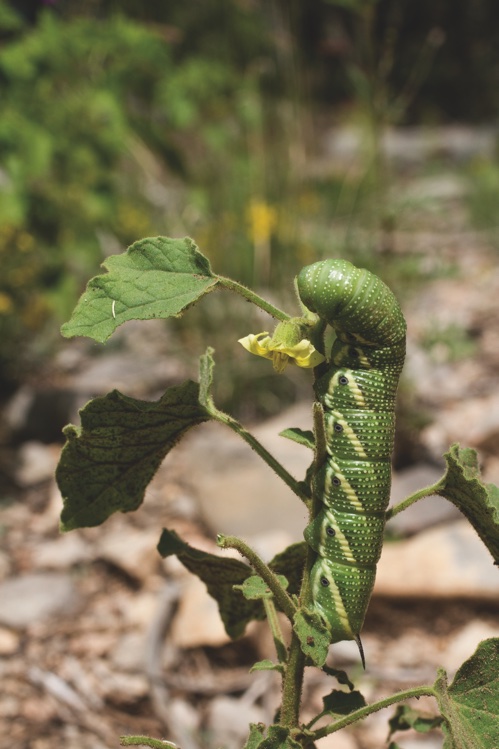
Over time, you’ll need to replace the leaves, and clean up its poop (known as frass). Eventually, the caterpillar will begin to pupate. This fascinating process is called metamorphosis, and all butterflies, moths, and even bees do it. When the caterpillar makes its cocoon, its whole body turns to mush, then reforms as a completely different creature. Watching a worm-like creature turn into a beautiful butterfly is like watching a mysterious magic act.
First, you need to prepare your water source for the host plants. Do not provide a water dish or another water source at the bottom of a butterfly house; caterpillars drown easily. Instead, have a parent help you drill or cut a hole in a small container like an old pill bottle, and put the plant stems into the water source (but make sure the caterpillar can’t fall into the water and drown).
Many butterflies lay their eggs on a wide range of plants, but some are specialists. If you want to find Monarch and Queen Butterfly caterpillars, plant or find wild milkweed plants. Black Swallowtail Butterflies lay their eggs on dill and fennel, popular plants for herb gardens.
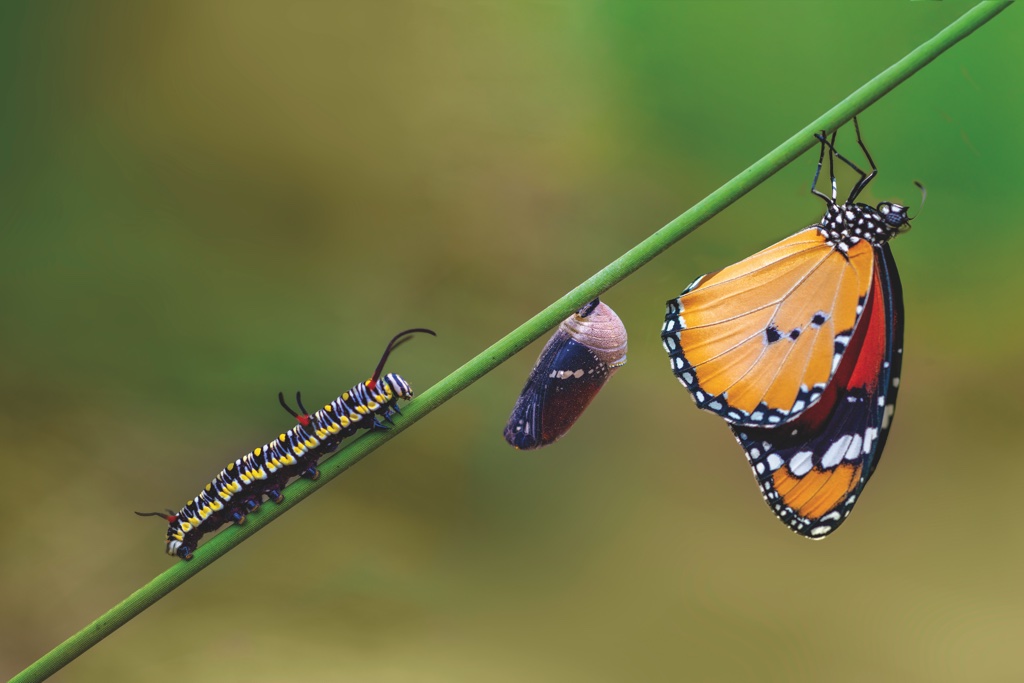
Of course, things can go wrong when collecting wild caterpillars: parasitic wasps often attack or infest caterpillars; if your cage is dirty, they can get sick; and if you find a caterpillar in late summer, it might be one that overwinters as a pupa. Still, with practice, there’s a good chance that you’ll get to watch moths and butterflies all summer long if you work at it hard enough!
Backyard Science & Discovery Workbook: California is part of a series of seven region-specific workbooks, including Midwest by Brett Ortler, Northeast by Susan Schenck, Pacific Northwest by Robert Niese, Rocky Mountains by George Miller, South by Erika Zambello, and Southwest by George Miller. The books are complimented by the Insects & Bugs Backyard Workbook by Jaret C. Daniels and the Rocks & Minerals Backyard Workbook by Dan R. Lynch.
If you enjoyed this post, order your copy of Backyard Discovery & Science Workbook: California here and sign up for our newsletter now!


